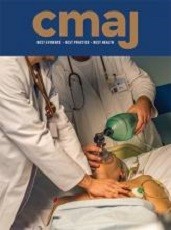WDS Thomas

Extract
Within months [of legalization] physicians across Canada were beset by requests for therapeutic abortion in numbers they had never faced before. Some hospitals established abortion committees; others “did not. Some committees were liberal in their interpretation of the new law; others were restrictive. Soon facilities at many hospitals became overloaded owing to the increased demand for therapeutic abortion, and the waiting period for elective surgery grew longer. Hospital personnel were suddenly confronted with the prospect of caring for patients undergoing voluntary termination of pregnancy, and for some persons this was a difficult task, but they either accepted it or moved to other areas. . .
Thomas WDS. The Badgley report on the abortion law. Can Med Assoc J. 1977;116(9):966.